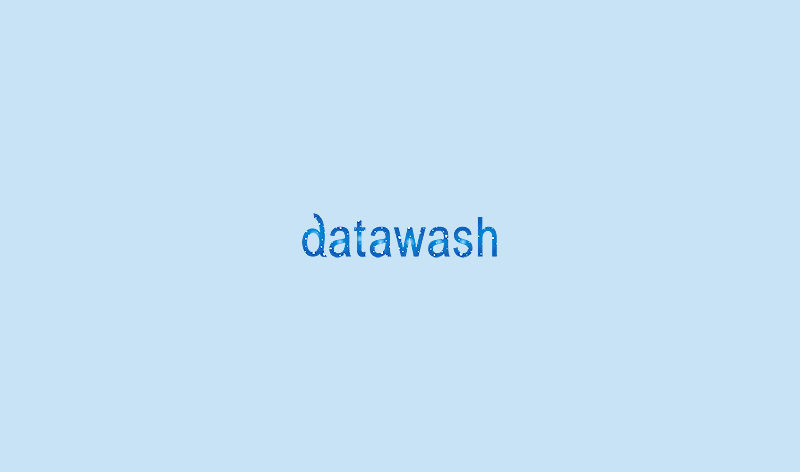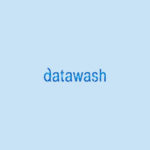
When people pass away, mail is no longer appropriate.
Sending a direct mail to the wrong address is useless. At the same rate, using the wrong name in a marketing message is humiliating. However, failing to apply deceased suppression to your customer data management is both of these things and worse.
According to the Australian Bureau of Statistics, almost 150,000 people die in Australia per annum (source: http://www.abs.gov.au/ausstats/abs@.nsf/mf/3222.0 Population Projections, Australia, 2006 to 2101).
It is important that the bereaved family members do not receive mail that targets their deceased relatives. It is therefore invaluable to regularly run a deceased suppression process
What is Deceased Suppression?
Deceased Suppression is a process where the names and addresses of individuals in your customer database are matched against a Deceased file to identify deceased individuals in your database. The individual deceased date is also appended to assist you to flag the records.
The cost of deceased suppression is typically around less than a $1.00 per matched record, and is well worth the investment.
The benefits for suppressing deceased records
Avoid aggravating surviving family members at difficult times
Anyone who has experienced the loss of a relative or close friend will understand the pain and the emotional agony it brings. In some circumstances, being reminded of them can bring up loving memories. Receiving a phone call, email or direct mail addressed to the deceased individuals is not one of those circumstances, especially if the communication asks the addressee to act.
The emotional confusion that can occur when a surviving relative receives a phone call, email or mail solicitation addressed to someone who has died is comprehensively and totally preventable. Still, it is shocking to find that, so often, database managers and marketers ignore the impact on individuals by not taking steps to prevent such solicitation.
Suppressing deceased individuals’ records from your mailing list can save you the humiliation of looking insensitive to a surviving relative. Database Managers and Marketers owe it to their customers not to cause them any additional agony as a result.
Preserve your brand image
Sending marketing communications to the relatives of a deceased can damage your company’s brand. The damage to brands can be substantial, particularly if marketers repeatedly solicit a deceased individual whose relative has made an active effort not to have its late loved one be communicated to for solicitation purposes.
Save on campaign cost
Sending mail, email or calling a deceased individual always increases cost of campaign and decreases campaign ROI. Most often, the mail is returned, the email is left without response and the phone call may not be answered. According to Pitney Bowes (https//www.pitneybowes.com.us/blog/uaa-return-mail-true-business-costs.html) it can cost up to US$25 (AU$32) per piece of return mail in ancillary costs related to correcting mistakes and resending mail. On the other hand, removing or correcting mistakes such as deceased records from the companies’ database prior to mailing will cost less than AU$1.00 and as such increases campaign ROI. Suppressing these records from the mailing list costs less than mailing them in the first place.
Datawash is a licensee of the Australia Post National Change Of Address (NCOA) service which includes information on deceased individuals collected over a 20 year period.
So, prior to any marketing campaign, make a point to contact us on www.datawash.com.au so we can run a Free Database Quality Audit Report that will highlight the level of deceased individuals and left addresses are on your campaign list. This will help you remove the inaccurate records prior to the campaign to, preserve your brand, save money and reduce the affected individuals’ anxiety at a difficult times.




